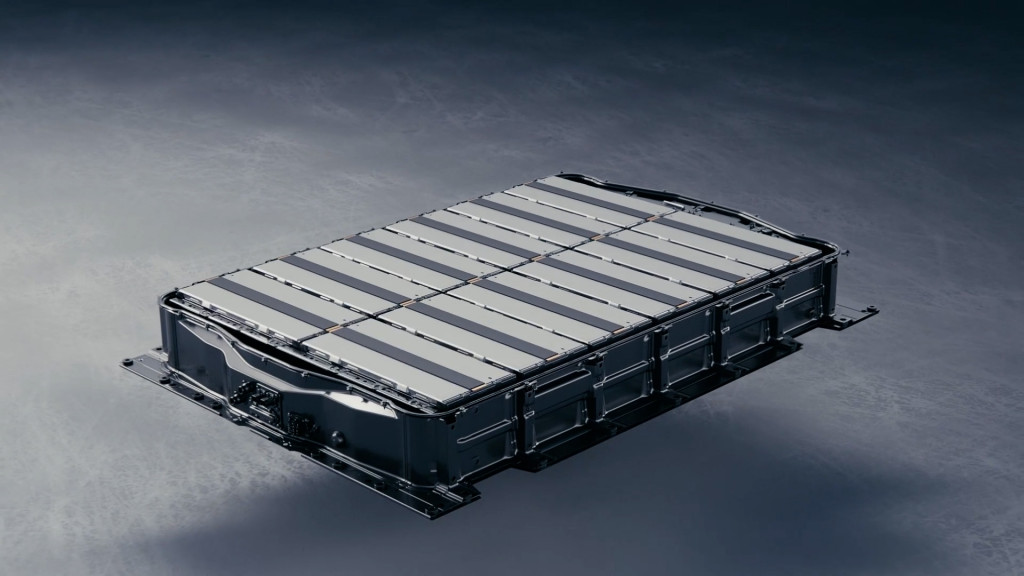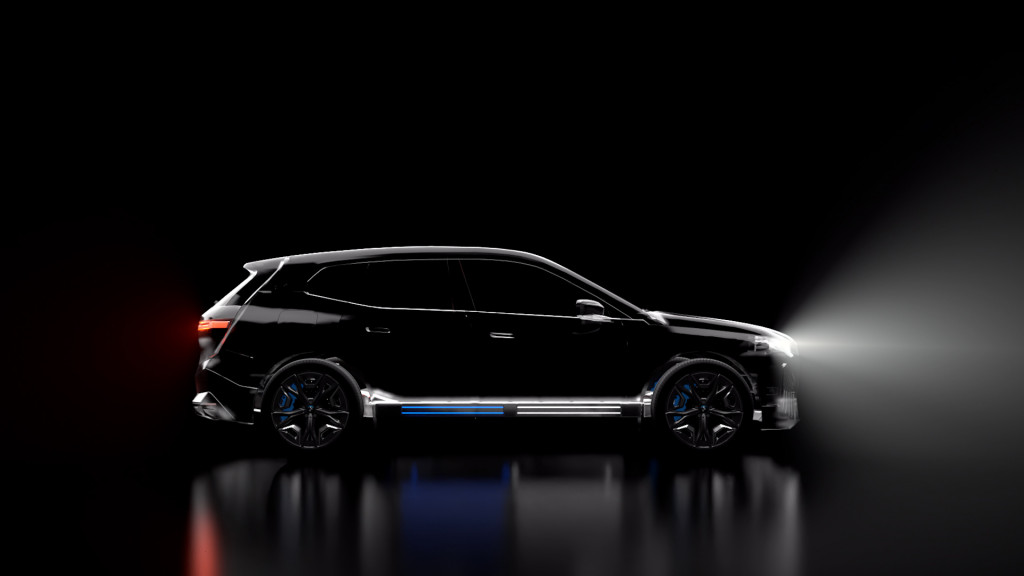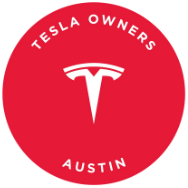General Motors Innovates Mixed-Chemistry Battery Packs for Electric Vehicles
General Motors is joining the ranks of automakers and battery companies in the development of mixed-chemistry battery packs for electric vehicles. In a patent filing published by the United States Patent and Trademark Office (USPTO) on November 28, 2024, GM outlined its approach to combining nickel manganese cobalt (NCM) with lithium iron phosphate (LFP) or similar chemistries.

The proposed mixed-chemistry battery packs would consist of separate modules with varying usable capacities, allowing for a controller to monitor and regulate factors such as temperature and state of charge. This system could potentially bypass one set of chemistries in favor of another based on specific conditions.
GM’s strategy aims to strike a balance between performance and cost by incorporating the higher power and energy density of NCM cells with the cost-effectiveness of LFP cells. By combining these different chemistries, GM hopes to address issues such as charge imbalances that can reduce the overall capacity of a battery pack.

Furthermore, the use of faster-charging chemistries in conjunction with slower-charging cells could lead to the development of smaller and more efficient battery packs for electric vehicles. This innovative approach could help mitigate issues such as cost inflation, increased weight, and longer charging times associated with current battery technologies.
GM is not alone in exploring mixed-chemistry battery packs. Companies like CATL, Our Next Energy (ONE), and Mercedes-Benz are also making significant advancements in this field, with goals ranging from faster charging for plug-in hybrids to extending the range of electric vehicles.

